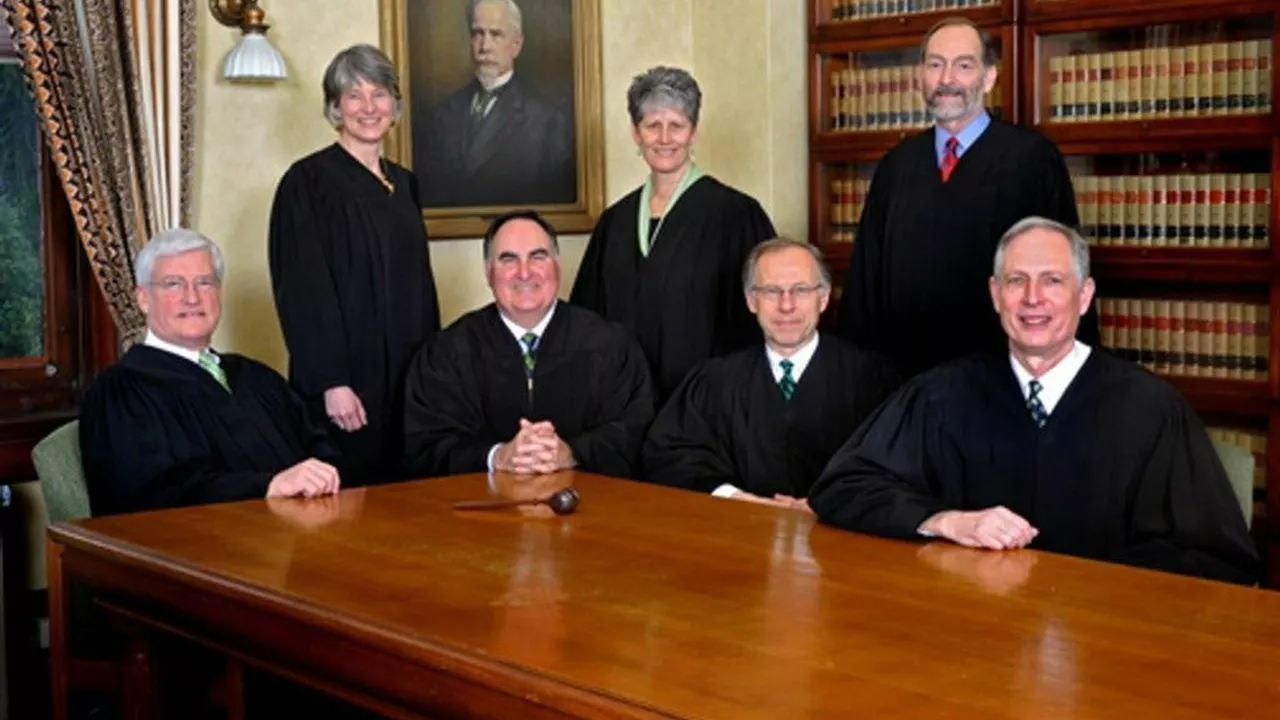President's Rule Explained: What It Means for State Governance
Ever wondered why news outlets talk about "President's Rule" and what it does to a state? In simple terms, President's Rule is when the central government steps in to run a state because the elected government can't function properly. It’s a constitutional tool, not a punishment, and it kicks in only under specific conditions.
The Indian Constitution allows President's Rule under Article 356. It happens when the state legislature fails to form a government, loses its majority, or cannot follow the law. The governor of the state sends a report to the President, who then decides whether to impose the rule.
When Does President's Rule Start?
Typical triggers include a hung assembly after elections, a severe breakdown of law and order, or a collapse of the coalition ruling the state. The central government doesn’t act on a whim; it needs a clear justification, and the decision is later reviewed by the Supreme Court.
Once imposed, the President appoints the Governor to oversee the state's administration. The Governor works with the Union’s appointed officials, and the state’s legislative assembly is either suspended or dissolved.
How Does It Change Everyday Life?
For most citizens, the biggest change is who makes the decisions on public services, law enforcement, and development projects. Policies that were previously shaped by local politicians now come from the central authority. This can lead to quicker decision‑making in crisis situations, but it also means local voices might feel muted.
Financially, the state continues to receive its share of central funds, but the central ministries become directly involved in budgeting and program implementation. Some states see an uplift in infrastructure projects because the central government can allocate resources without local political delays.
Politically, President's Rule often acts as a reset button. It gives parties time to regroup, resolve disputes, or call fresh elections. The period usually lasts for six months, but it can be extended if the Parliament approves.
Critics argue that President's Rule can be misused to sideline opposition parties. That’s why the Supreme Court scrutinizes each case, and why the rule is considered a last resort.
In practice, the impact varies. Some states experience smoother governance, while others feel a loss of autonomy. Understanding the reasons behind President's Rule helps voters keep an eye on how power shifts between local and central bodies.
So, next time you see a headline about President's Rule, you’ll know it’s a constitutional mechanism designed to keep the state running when local politics hit a snag. It’s not a permanent takeover—just a temporary measure aimed at stability and order.
Supreme Court to hear plea seeking President's Rule in Bengal?
In an interesting turn of events, the Supreme Court will be hearing a plea for implementing President's Rule in Bengal. This plea comes amidst a backdrop of political turmoil and heated tension in the area. The petitioner is advocating for the central government's intervention, citing a breakdown of constitutional machinery in the state. It's a significant development that could have far-reaching implications on the state's political scenario. We'll be keeping a close eye on this unfolding story.
